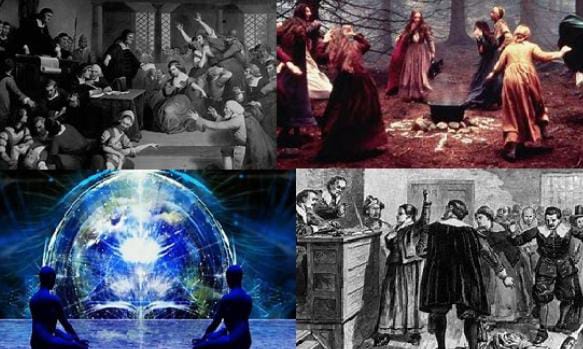
The Iconic Masterpiece: Fallen Angel by Alexandre Cabanel
Fallen Angel by Alexandre Cabanel stands as a timeless masterpiece, captivating art enthusiasts with its ethereal allure and profound narrative. Painted in 1868, this iconic artwork depicts a fallen angel, exiled from heaven, as he laments his lost grace and eternal bliss. The poignant portrayal of the angel’s sorrowful countenance and graceful form immediately draws the viewer into the emotional depths of the canvas.
Symbolism and Allegory: Decoding the Hidden Meanings in Fallen Angel
Beneath the surface of Cabanel’s masterpiece lies a rich tapestry of symbolism and allegory, intricately woven to convey profound messages. Here, we unveil the hidden meanings in Fallen Angel:
- Angelic Dichotomy: Cabanel skillfully contrasts the celestial and terrestrial realms through the juxtaposition of light and shadow. The angel’s glowing wings represent his divine origin, while the enveloping darkness signifies his descent into earthly exile.
- The Fall from Grace: The fallen angel’s forlorn expression and defeated posture symbolize the consequences of rebellion and the human struggle against temptation. The painting serves as a cautionary tale, reminding us of the consequences of defying divine authority.
- Spiritual Redemption: Amidst the darkness, a glimmer of hope emerges through the faint heavenly light, hinting at the possibility of redemption and salvation. Cabanel’s portrayal subtly suggests that even in the depths of despair, the path to reconciliation with the divine remains open.
Cabanel’s meticulous use of chiaroscuro further enhances the dramatic impact of Fallen Angel, creating a visual tension that draws viewers into the emotive narrative. The intricate details, such as the delicate feathers of the angel’s wings and the subtle play of emotions on his face, showcase the artist’s dedication to perfection. With every brushstroke, Cabanel breathes life into his creation, leaving an enduring impression on the observer’s soul.
Unveiling the Artistic Technique: Cabanel’s Meticulous Craftsmanship in Fallen Angel
Beyond its symbolic significance, Fallen Angel also showcases Cabanel’s impeccable artistic technique, attesting to his mastery of the academic style:
- Masterful Realism: Cabanel’s attention to detail and flawless execution grant the fallen angel an almost tangible presence, transcending the canvas and blurring the lines between reality and artistry.
- Luminous Palette: The artist’s adept use of colors, particularly in the rendering of the angel’s wings, infuses the painting with a radiant luminosity that further elevates the celestial atmosphere.
- Emotional Expressiveness: Cabanel’s ability to convey profound emotions through the angel’s facial expression and body language demonstrates his prowess in storytelling through art.
In conclusion, Fallen Angel by Alexandre Cabanel remains an emblematic masterpiece, engaging viewers through its symbolic depth and unparalleled craftsmanship. Through the lens of symbolism, it urges contemplation of spiritual themes, while Cabanel’s artistic finesse offers a glimpse into the artist’s genius. As the fallen angel’s sorrowful gaze meets our own, we are reminded of the eternal struggle between light and darkness, leaving an indelible imprint on our hearts and minds.







